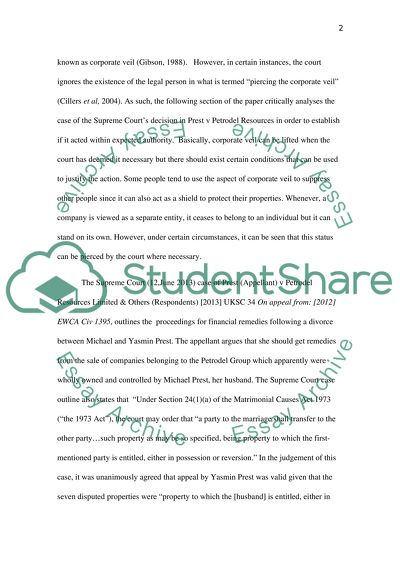Cite this document
(“Lifting the Veil- Prest V Petrodel Essay Example | Topics and Well Written Essays - 1750 words”, n.d.)
Retrieved from https://studentshare.org/law/1488311-lifting-the-veil-prest-v-petrodel
Retrieved from https://studentshare.org/law/1488311-lifting-the-veil-prest-v-petrodel
(Lifting the Veil- Prest V Petrodel Essay Example | Topics and Well Written Essays - 1750 Words)
https://studentshare.org/law/1488311-lifting-the-veil-prest-v-petrodel.
https://studentshare.org/law/1488311-lifting-the-veil-prest-v-petrodel.
“Lifting the Veil- Prest V Petrodel Essay Example | Topics and Well Written Essays - 1750 Words”, n.d. https://studentshare.org/law/1488311-lifting-the-veil-prest-v-petrodel.


